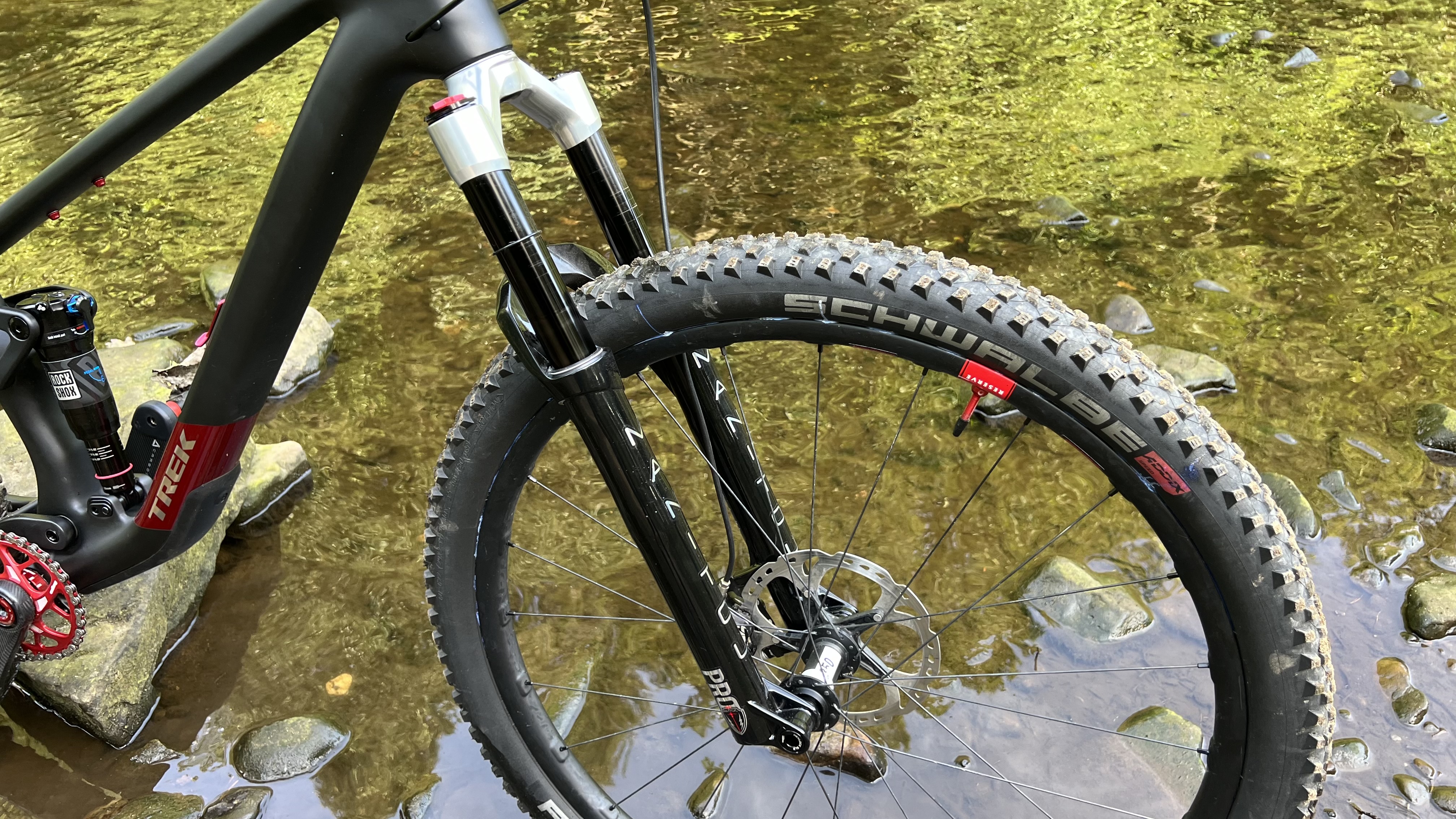
Manitou has been making suspension forks since 1990 – only one year less than RockShox and ten years more than Fox. But can its latest Mattoc Pro compete with the best mountain bike forks in all-round trail performance? If you want a light, distinctive-looking fork with lots of easy adjustment and you don’t mind a bit of axle faff our freerange Test Editor, Guy Kesteven, reckons the answer is definitely yes.

Design and build
No, I haven’t fitted the Mattoc backward, Manitou has been using a reverse arch design for about twenty years as it says it yields the best stiffness-to-weight ratio possible. Interestingly, the computers at Fox said the same when they gave AI programs free rein to design the arch of the latest 32 Step Cast ultralight marathon fork and 32 Taper Cast gravel fork too.
It certainly has a distinctive look, and the contrast of a high polish crown on the Pro version of the Mattoc takes the stage further. It’s matched by silver graphics which I think really works too. Crisp machining of the anodized fork top adjusters means the whole fork has a high-class feel and the flush-fit plastic cable clamp is really sleek. Or there’s a zip-tie slot on the arch to take the hose behind the crown if you’d rather route it that way.
Aesthetics aside, the Mattoc uses internally tapered 34mm stanchions with a unique ‘Hexlock’ thru-axle design. This uses a captured bolt in the offside leg to pull a Hex ended 15mm axle into place and again it’s an updated version of a hex theme Manitou has been using for years. Manitou also pioneered and stuck to the post mount style brake mount that everyone else has now reverted back to, in this case sizing it as a direct fit for a 160mm rotor.
The sealed MC2 damper cartridge is basically a downsized version of the system you’ll find in Manitou’s Dorado downhill and Mezzer Enduro forks. This gives four high and 10 low-speed compression settings in a similar ‘high speed first’ circuit flow to RockShox Charger 3 / 3.1 dampers. It also has 20 clicks of rebound damping range via the adjuster at the base of the leg. As well as the DIY adjustable damping, there’s a preset hydraulic bottom-out damper managing the last 30mm of the stroke. You can pressure relieve the fork by removing two small bolts on the lowers if it overheats on hot and hectic or big altitude difference days.
The air spring is also Dorado-derived with self-balancing positive and negative main springs. On the Pro, these are topped with a separately pressurized IRT (Infinite Rate Tune) spring for easy adjustment of the air spring rate, while Comp and Expert versions use a more conventional spacer system. Spacers also control the travel of the Mattoc, letting you set it up from 110 to 150mm of travel. While spare spacers are supplied, the slotted lock ring tool mentioned in the instructions isn’t. You can use a normal cassette lock ring tool if you compress the air shaft. Otherwise, it’s a simple procedure that just needs some 3 or 5wt shock to replace any lost when removing the lowers.
You can also get the Mattoc in 27.5in with two different (37 and 44mm) offsets or a single 44mm offset in 29er which is how I tested it.
Weight with steerer cut to 190mm is 1760g, which undercuts both RockShox Pike Ultimate Charger 3.1 and Fox 34 Factory by around 100g and is 35g heavier than the Ohlins RXF34 m.2. It’s supplied with an optional, 290mm long bolt-on, soft plastic fender which adds 40g if used.
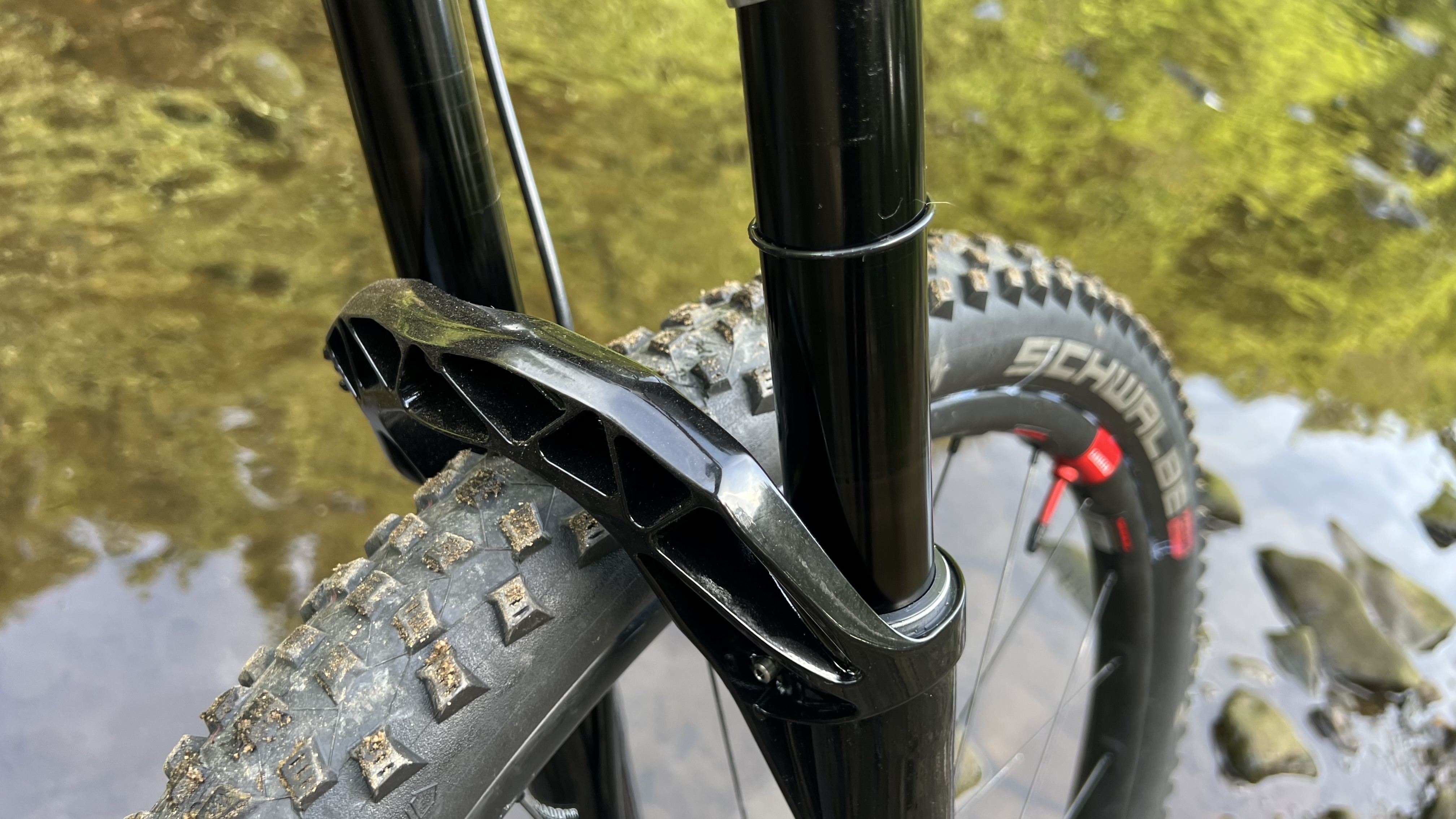
Performance
I’ll always thank Manitou for sticking to the post mount brake standard when every other brand was pushing the spacer washer alignment misery of ‘Universal Standard’ brake mounts too. I admire them for sticking with its signature rear arch even though it means most aftermarket fenders won’t fit if you find the official stubby guard too short.
Using a red dial for the compression and a blue one for rebound – when everyone else runs the opposite protocol – hurts my head a little though. The captured tighten/release bolt and hex head of the axle system are harder to use than other bolt-through systems too. That’s because you can’t thread the axle in with one hand while holding the fork/bike with the other. You have to slide the axle in while turning the capture bolt on the other side, which generally means some sort of knee-grabbing or shoulder-balancing carry-on to steady the bike and wheel.
Balancing the IRT spring chamber pressure (which you set first) against the main chamber pressure to control the later stages of travel isn’t totally straightforward either. That’s because a lower IRT pressure means the main spring equalises earlier which affects mid mid-stroke feel, while a higher IRT pressure only really affects the end-stroke. You also have to factor in the additional end-stroke compression resistance created by the HBO (Hydraulic Bottom Out, not US TV company) damper. That can all make setting up the Mattoc Pro a more tongue-out, occasional buffering scenario than single-fill RockShox, Fox, Marzocchi, and Cane Creek designs, but if you’ve used Ohlins forks before it’s a similar process.
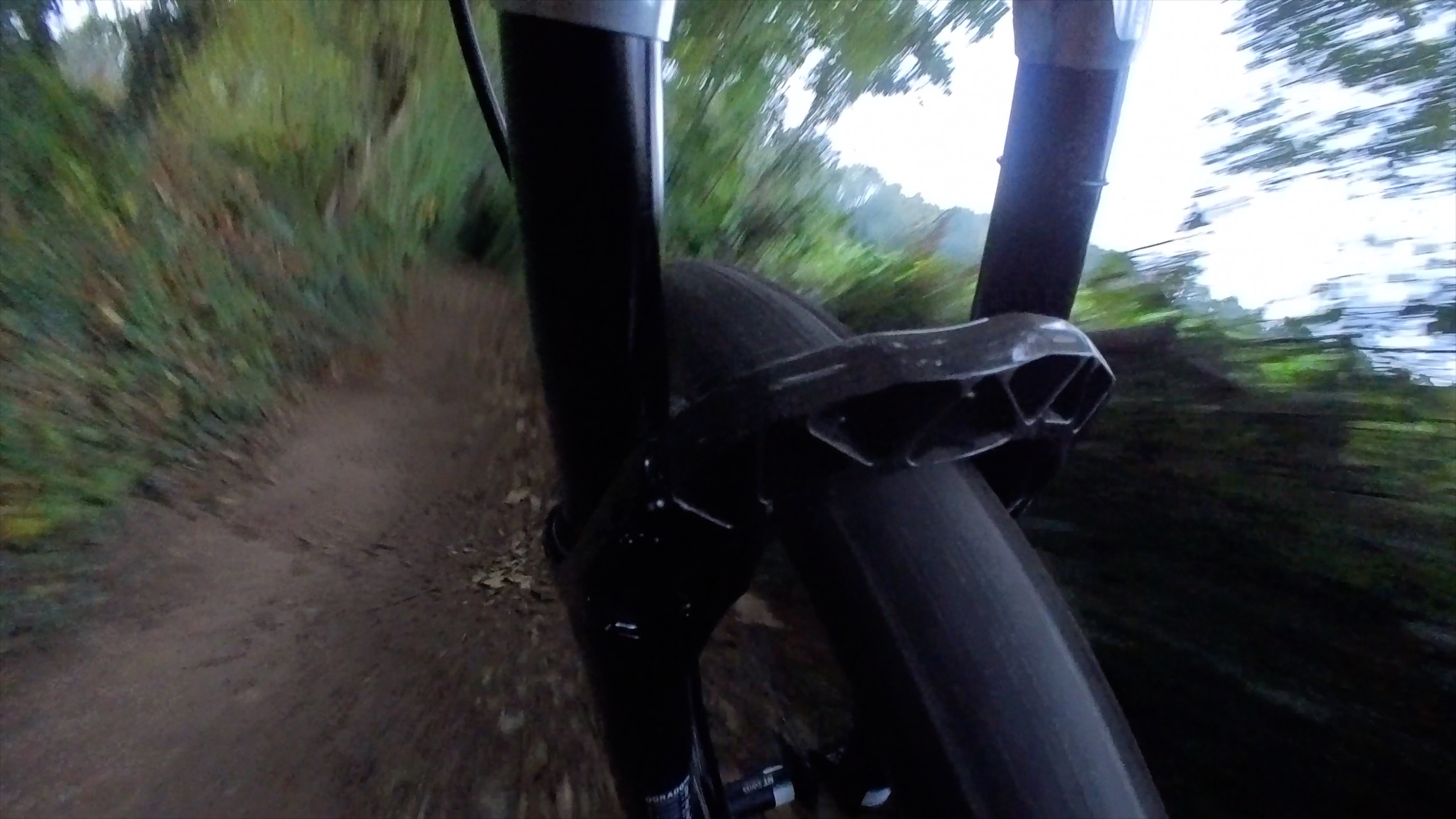
The good news is that Manitou’s suggested pressures and damper settings are a good starting point for most riders so there’s no rush to start tweaking. I was really impressed with the fluidity and supple sensitivity of the fork from new too, especially as many forks now need ten or more hours to start smoothing out. Once I started playing around the triple chamber air spring also let me subtly adjust all phases of the fork travel from linear to supportive without sacrificing the high grip sensitivity.
Once you’ve worked out how their Venn’s overlap, the high and low-speed compression adjustments give a very wide range of potential feel outcomes from free range to highly damped and efficient. Obviously what feels best for you will depend on your environment, preference, and riding style, but I found a relatively lively feel suited to the similarly alive, compliant feel of the 34mm chassis.
Even then I was a reasonable way into both rebound (10 clicks) and compression damper (two clicks HSC, four clicks LSC) ranges. That confirmed there’s plenty of adjustment headroom for lighter or less aggressive riders who’ll often have to run other forks full open. Or even have them modded with different oil or altered circuitry to get a usable damper range. However, if I wanted a more accurate and locked-down feel each click – particularly of HSC – makes a tangible difference. So if I wanted to make the Mattoc feel more like a Pike/Lyrik or a Fox 36 in terms of structural accuracy on ‘bigger’ trails, then a click of the red HSC dial and a reach around to the rebound for a couple more clicks of rebound was all it took.
Despite Manitou's early eagerness to move experience with two test forks confirms they don’t get slack or sloppy several months down the line. That suggests internal tolerances and QC are as accurate as the external aesthetics so they should give a long and happy life. It’s worth noting that spares are likely to be harder to get hold of than RockShox or Fox/Marzocchi forks though, and you’ll be more limited in terms of specialist servicing options. Since the Wiggle/Chain Reaction collapse, there’s currently no distributor for Manitou in the UK either – which could complicate matters.
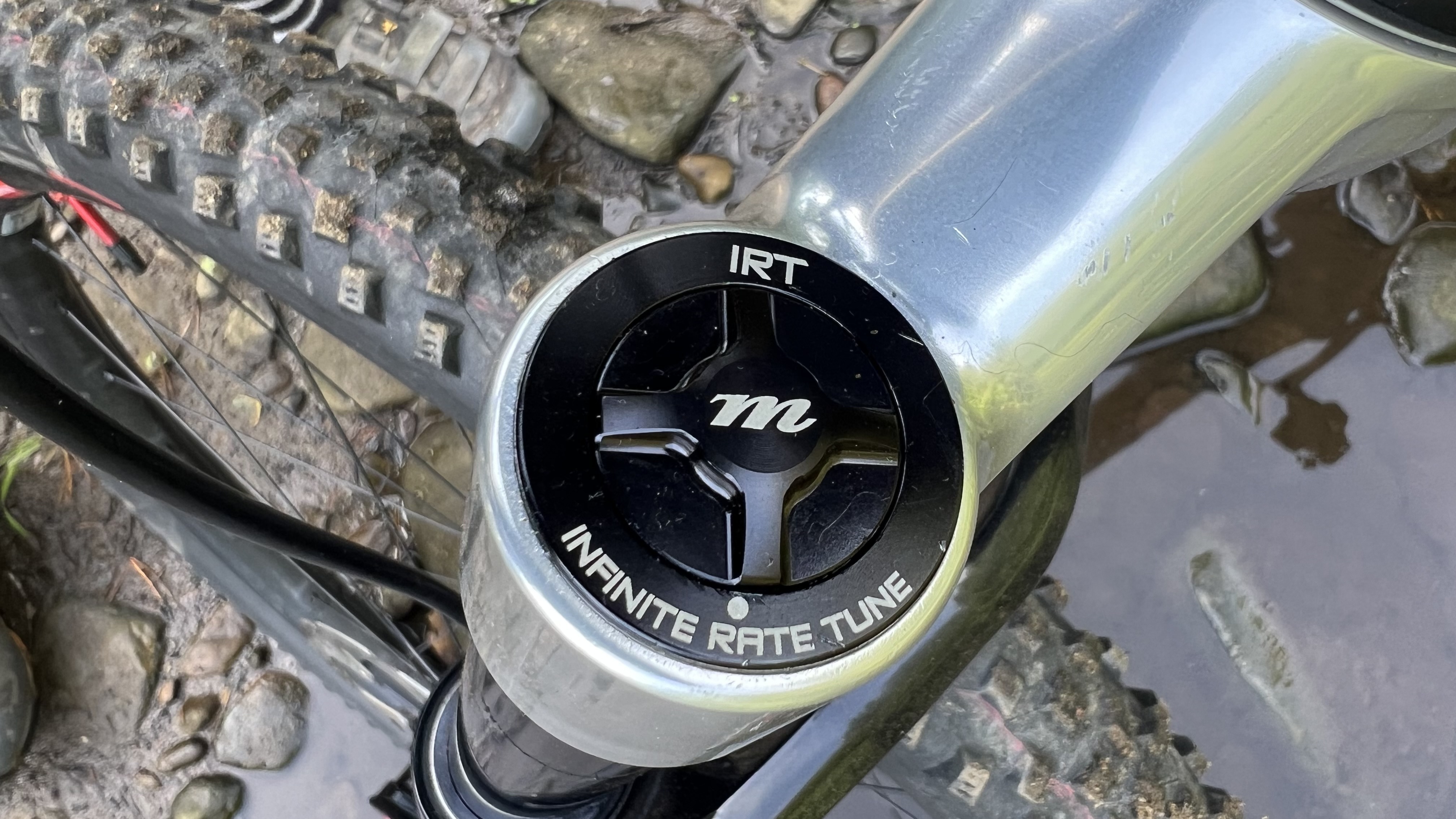
Verdict
There’s no escaping that the conventional setup approach and easy spares/servicing availability of Fox and RockShox make them the sensible fork choice for most people. If you’re prepared to tell the sheeple to flock off though, Manitou’s Mattoc Pro is an excellent alternative choice.
It’s a naturally sensitive, responsive high traction/comfort fork from the box and far down the daily driver line as well. The triple chamber air spring and multi-phase dampers allow a very broad, but also potentially subtle range of tuning for different rider weights and preferences. It’s lighter than the RockShox Pike and Fox 34 while splitting the difference between them in terms of tracking accuracy. That low weight makes the ability to easily reduce travel to XC/downcountry strokes more worthwhile and a great choice for variable travel bikes like Trek’s Top Fuel.
The overlapping Venn circles of nuanced air spring/damper adjustments and fiddly axle mean it’ll find a happier and more fruitful life with habitual tweakers rather than plug-and-play fans though. Lack of current support in the UK is a potential issue too, although that does mean there are some real bargains to be found in the post-Wiggle/CRC wreckage.
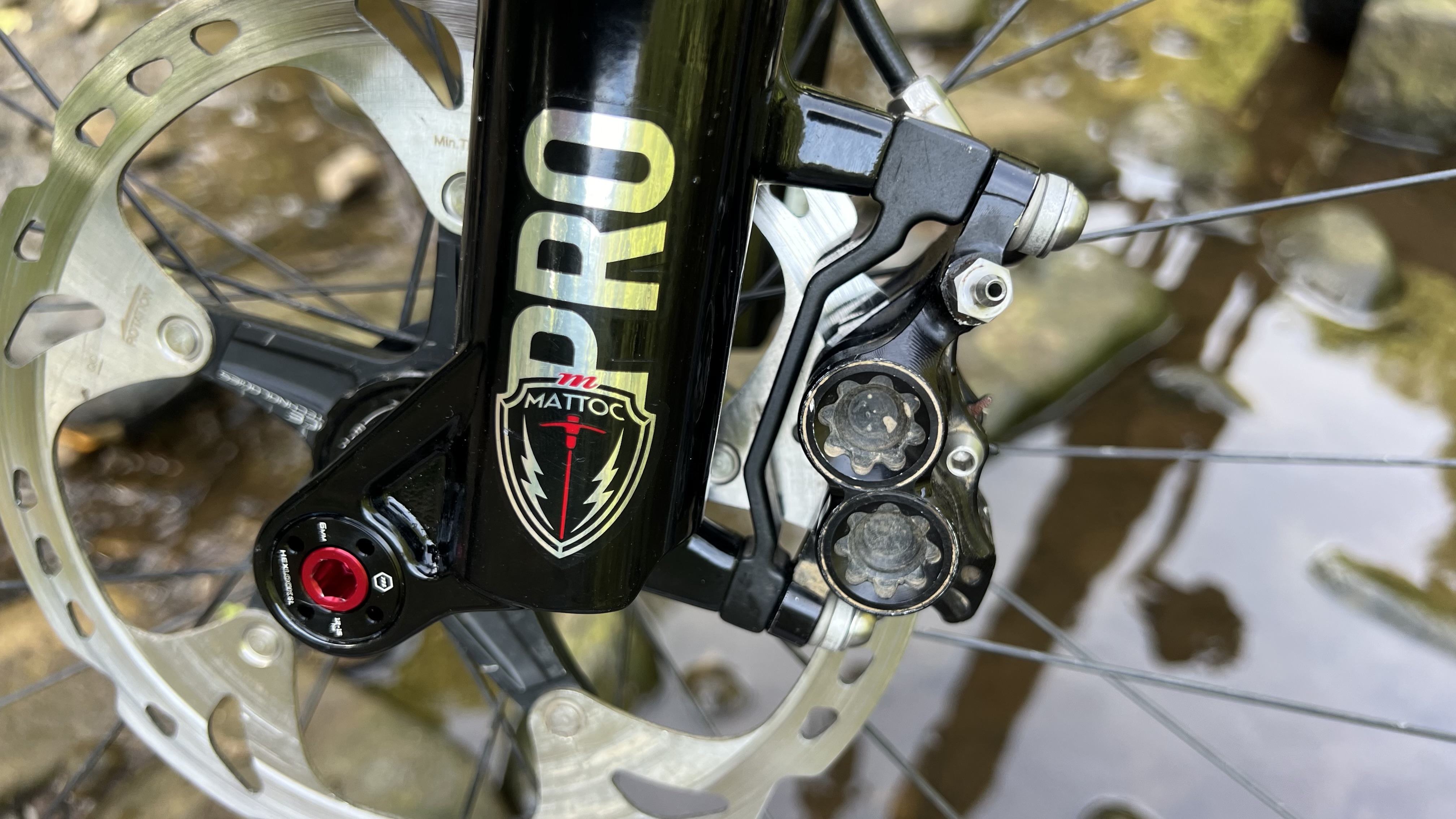
Tech specs: Manitou’s Mattoc Pro
- Price: $1,049.99 / £1,323.99 / €1,260.00
- Sizes: 110 - 150mm travel
- Height: 502 - 562mm
- Options: 27.5 with 37 or 44mm offset, 29in with 44mm offset
- Weight: 1761g (steerer cut to 190mm)







